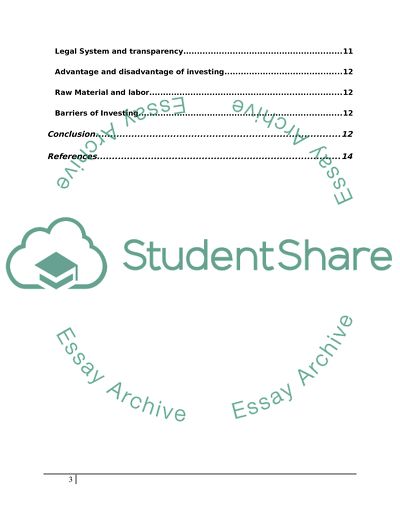Cite this document
(“Foreign Direct Investment (Brazil and Argentina) Essay”, n.d.)
Retrieved from https://studentshare.org/environmental-studies/1411902-foreign-direct-investment-brazil-and-argentina
Retrieved from https://studentshare.org/environmental-studies/1411902-foreign-direct-investment-brazil-and-argentina
(Foreign Direct Investment (Brazil and Argentina) Essay)
https://studentshare.org/environmental-studies/1411902-foreign-direct-investment-brazil-and-argentina.
https://studentshare.org/environmental-studies/1411902-foreign-direct-investment-brazil-and-argentina.
“Foreign Direct Investment (Brazil and Argentina) Essay”, n.d. https://studentshare.org/environmental-studies/1411902-foreign-direct-investment-brazil-and-argentina.


